BAT54SLT1G | Datasheet | Eagle Part | Digikey
- Voltage-DCReverse(Vr)(Max): 30 V
- Current-AverageRectified(Io)(perDiode): 200mA (DC)
- Voltage-Forward(Vf)(Max)@If: 800 mV @ 100 mA
- Package: TO-236-3, SC-59, SOT-23-3

FREE delivery for orders over HK$250.00

Quick response, quick quotaton

Flash shipment,no worries after sales

Original channel,guarantee of the authentic products
BAT54SLT1G fast switching diode
The BAT54SLT1G is a super-fast Schottky diode that’s commonly used in switching circuits. One of its biggest advantages is its very low forward voltage drop, around just 0.3 volts, which means it consumes less power and helps improve circuit efficiency. It also switches very quickly, making it ideal for high-frequency signals and digital circuits that require speedy responses.It comes in a compact SOT-23 package, which doesn’t take up much space on the circuit board. This makes it particularly handy for portable devices, digital gadgets, or communication equipment where space is limited. Overall, the BAT54SLT1G is practical for high-speed switching, signal detection, and circuit protection—making it a cost-effective choice for many electronic applications.
BAT54SLT1G pinout

| Pin Number | Pin Name | Description |
| 1 | Anode | Positive terminal of diode |
| 2 | A/C | common port |
| 3 | Cathode | Negative terminal of diode |
BAT54SLT1G equivalent diode
| Model | Package | Configuration | VR (V) | IF (mA) | VF @ 10mA (V) | IR @ 25V (μA) | trr (ns) | Notes |
|---|---|---|---|---|---|---|---|---|
| BAT54SLT1G | SOT-23 | Series | 30 | 200 | 0.35 | 0.15 | 5 | Standard version |
| SBAT54SLT1G | SOT-23 | Series | 30 | 200 | 0.35 | 0.15 | 5 | Automotive-grade, AEC-Q101 qualified |
| BAT54SLT1 | SOT-23 | Series | 30 | 200 | 0.35 | 0.15 | 5 | Non-RoHS compliant |
| BAT54SWT1G | SOT-323 | Series | 30 | 200 | 0.35 | 0.15 | 5 | Smaller package (SOT-323) |
| BAT54CWT1G | SOT-323 | Common Cathode | 30 | 200 | 0.35 | 0.15 | 5 | Common cathode configuration |
Note: While the BAT54SLT1G and its equivalents share similar electrical characteristics, differences in package type and configuration (series vs. common cathode) can affect their suitability for specific applications. Always ensure the chosen diode matches your circuit requirements.
BAT54SLT1G clamping circuit example
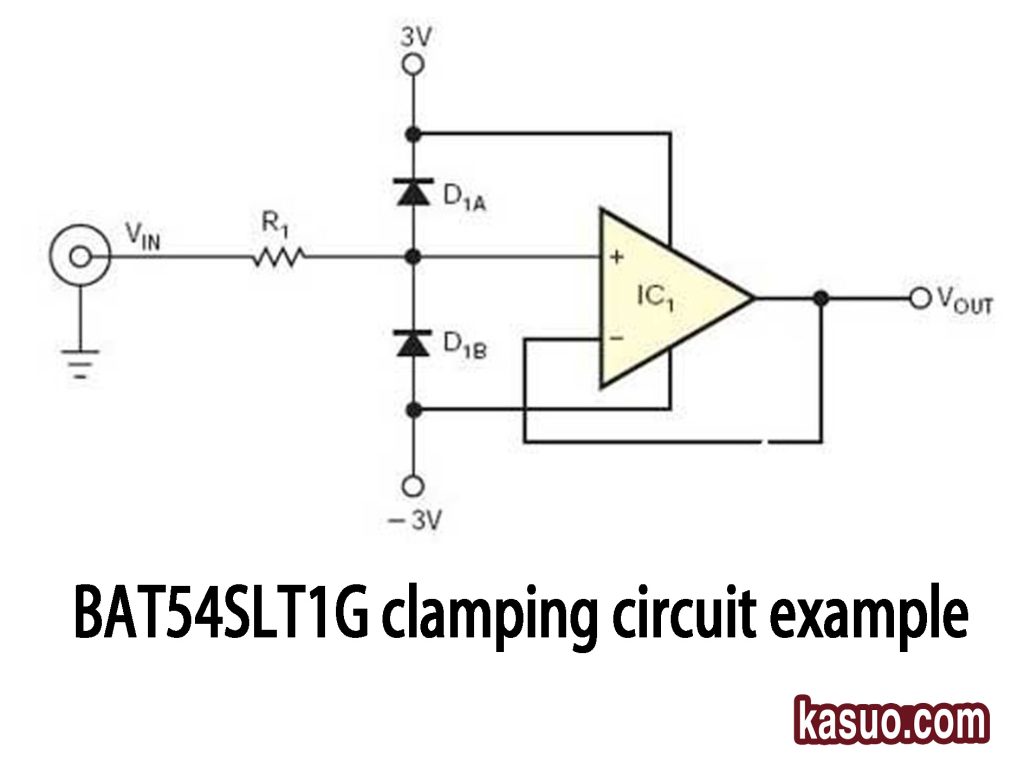
This circuit is a simple voltage limiter or clamping device, using an operational amplifier and BAT54SLT1G (D1A and D1B). Essentially, its function is to protect sensitive components or measuring equipment from voltage spikes. The input voltage VIN enters the circuit through resistor R1. This resistor helps limit current and protect other parts of the circuit. An BAT54SLT1G is connected at this input point. One diode (D1A) points upward toward the +3V power supply, while another diode (D1B) points downward toward the-3V power supply. When the input voltage is within ±3 volts, these diodes are almost inactive; —— can consider them “off,” allowing the input signal to pass through the operational amplifier normally. However, if the input voltage attempts to exceed +3V or fall below-3V, one of the diodes will quickly “conduct.” This acts like a safety valve, redirecting excess voltage to prevent it from reaching the operational amplifier’s input and damaging it.
BAT54SLT1G smd diode application
In practical applications, this diode is mainly used in signal switching circuits, signal detection, and logic circuit protection. For example, if your device needs to quickly switch signals or handle high-frequency signals, the BAT54SLT1G’s fast response speed can easily meet these demands. Additionally, its extremely low voltage drop helps reduce power consumption, extending the battery life of your devices. The BAT54SLT1G is especially suitable for compact devices like smartphones, tablets, and smart wearable gadgets.
BAT54SLT1G esd protection use
The BAT54SLT1G Schottky diode is often used for ESD protection in practical applications. When you’re designing sensitive electronic devices like smartphones, tablets, or smartwatches, static discharge can easily cause damage. Using the BAT54SLT1G helps protect delicate chips on your circuit board by quickly redirecting static electricity away from critical components.
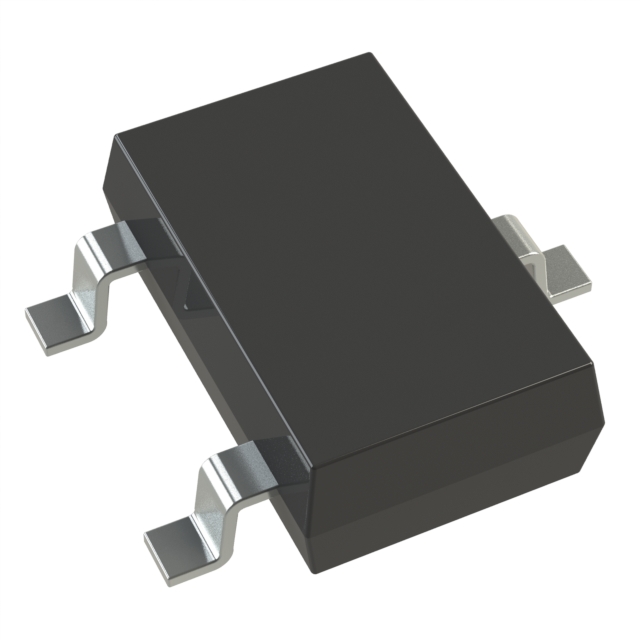





SOT223-1.jpg)

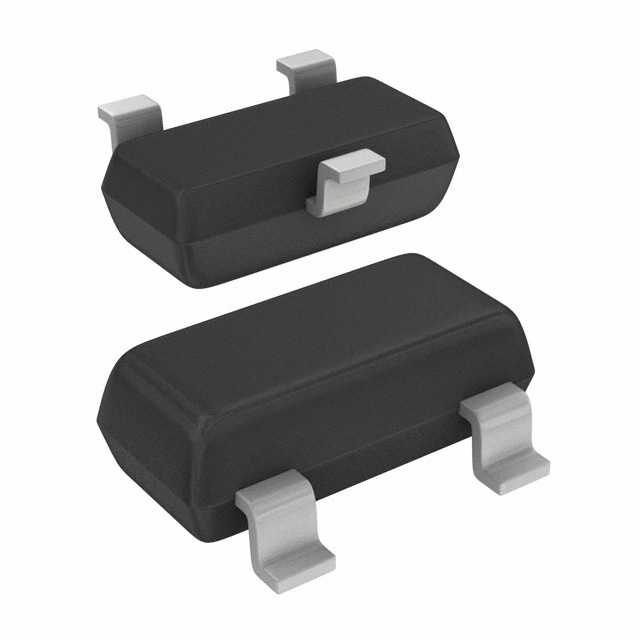
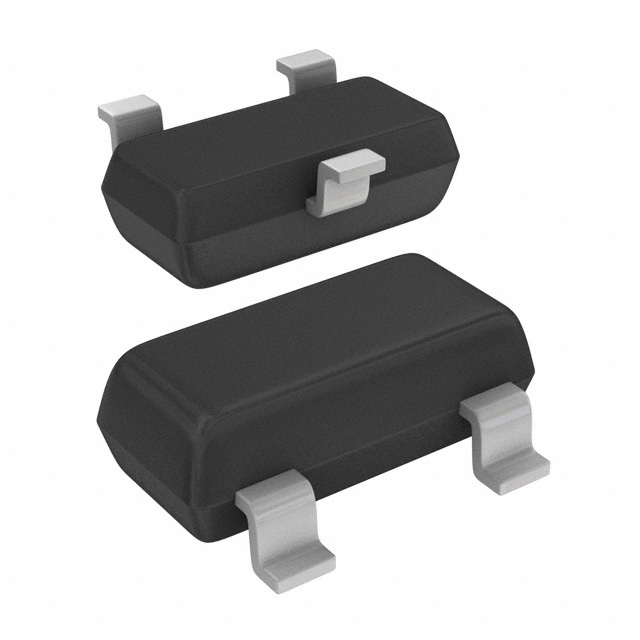



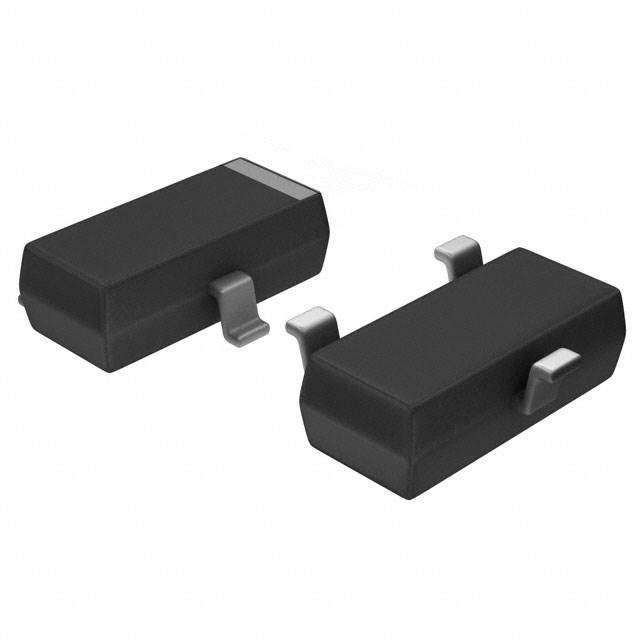




.jpg)

,TO-226_bentlead.jpg)


